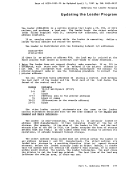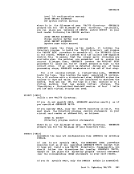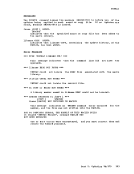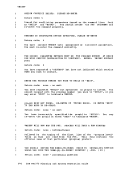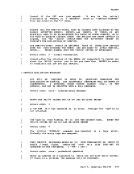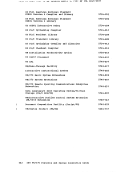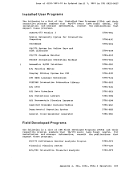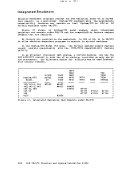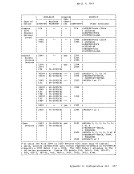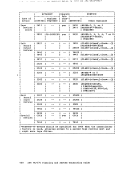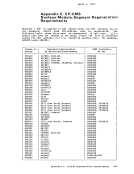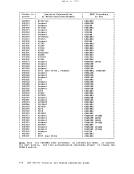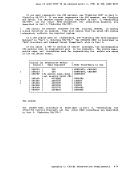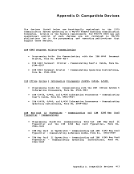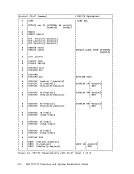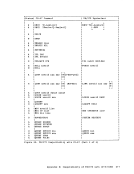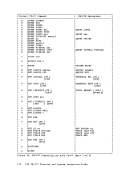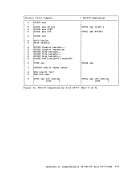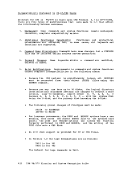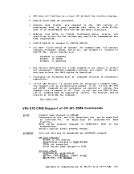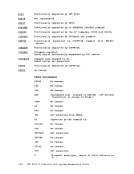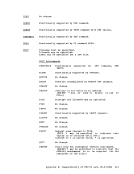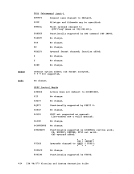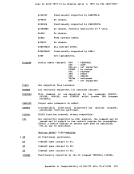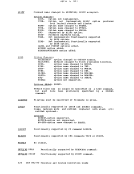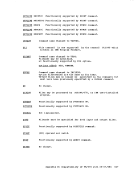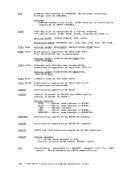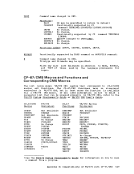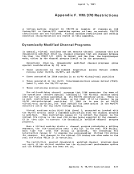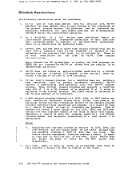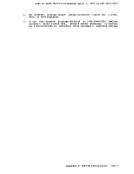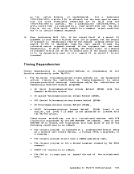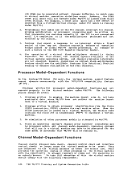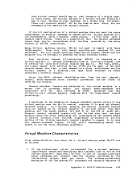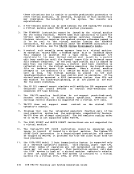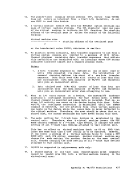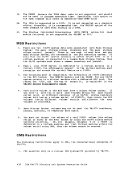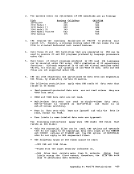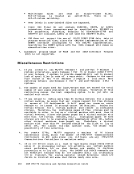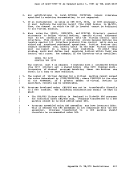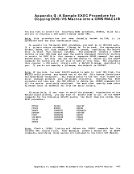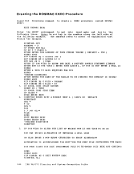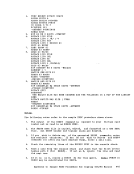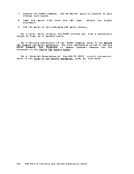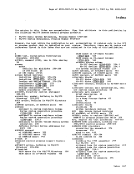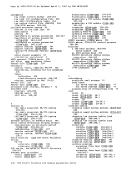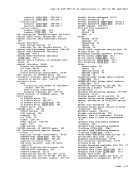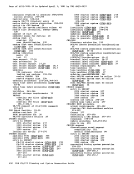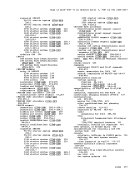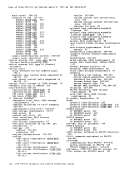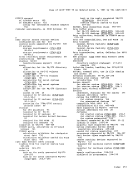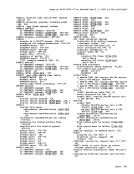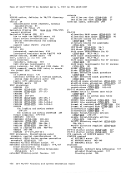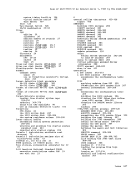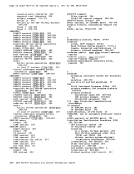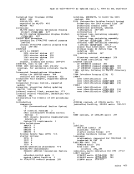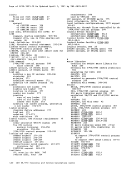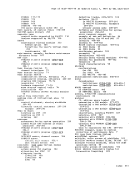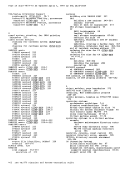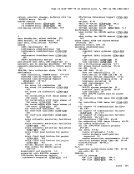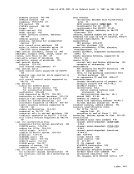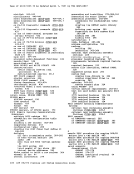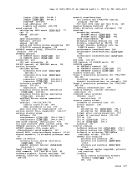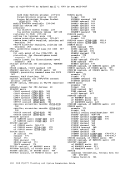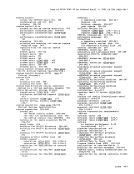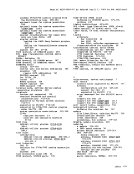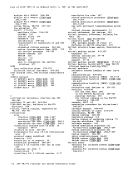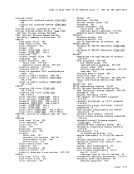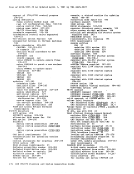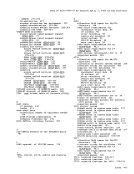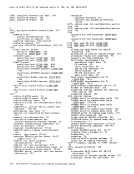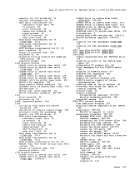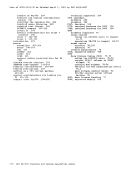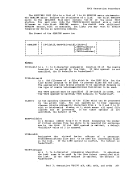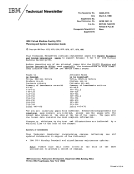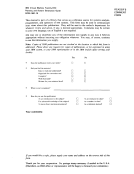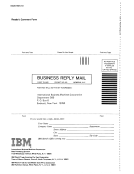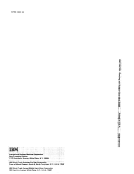(real I/O configuration macros)
:READDMKSYS ASSEMBLE (CP system control macros)
GENERATE
where fn is the filename of yourVM/370 directory. GENERATE
prompts you for the filename of your directory.OptionallYr you can place new versions of DMKFCB and/or DMKSNT in your
card reader following theDMKSYS macros:
:READDMKFCB ASSEMBLE (forms control buffer load macros)
:READDMKSNT ASSEMBLE (system name table macros)
GENERATE reads the files in the reader. It invokes the
Directory program to build theVM/370 directory and invokes
theVMFASM EXEC procedure to assemble all the ASSEMBLE files in the reader. VMFASM is invoked with the current IBM-supplied
control file to ensure that the proper macro libraries are
available when the modules are assembled and to assign the
correct filetype. Then, GENERATE invokes theVMFLOAD EXEC procedure to place all the CP object modules on tape in the
correct order. If an error is detected during any of these
processing steps, GENERATE terminates at the end of that step.
For aCP nucleus without a virtual=real area, GENERATE
loads the tape, thus loading the newly generatedCP nucleus.
For aCP nucleus with a virtual=real area, GENERATE writes the
nucleus to tape and exits.You are instructed to shutdown the
system. Then you can IPL the tape on a real machine or on a
virtual machine that has enough virtual storage. The"Specifying a Virtual=Real Machine" section of Part 1 tells
you how much virtual storage you need.
DIRECT(ONLY] builds a new VM/370 directory.
If you do not specifyONLY, GENERATE executes exactly as if
you specified GENERATEVM370. If you specify ONLY, only the VM/370 directory is built. You must place the Directory program control statements in your
virtual card reader at addressOOC, as follows:
:READ fn DIRECT
(Directory program control statements)
where fn is the filename of yourVM/370 directory. GENERATE
prompts you for the filename of your directory file.DMKRIO (ONLY] assembles the real I/O configuration file (DMKRIO) by invoking VMFASM. If you do not specify ONLY, the GENERATE EXEC procedure
executes just as if you specified GENERATEVM370 (except that
it does not build a newVM/370 directory). Consequently, you
should follow the directions for issuing GENERATEVM370, except do not place the Directory program control statement
(nor the corresponding :READ statement) in your card reader.
If you do specifyONLY, only the DMKRIO module is assembled. Part 5. Updating VM/370 381
:READ
GENERATE
where fn is the filename of your
prompts you for the filename of your directory.
card reader following the
:READ
:READ
GENERATE reads the files in the reader. It invokes the
Directory program to build the
the
control file to ensure that the proper macro libraries are
available when the modules are assembled and to assign the
correct filetype. Then, GENERATE invokes the
correct order. If an error is detected during any of these
processing steps, GENERATE terminates at the end of that step.
For a
loads the tape, thus loading the newly generated
For a
nucleus to tape and exits.
system. Then you can IPL the tape on a real machine or on a
virtual machine that has enough virtual storage. The
you how much virtual storage you need.
DIRECT
If you do not specify
you specified GENERATE
virtual card reader at address
:READ fn DIRECT
(Directory program control statements)
where fn is the filename of your
prompts you for the filename of your directory file.
executes just as if you specified GENERATE
it does not build a new
should follow the directions for issuing GENERATE
(nor the corresponding :READ statement) in your card reader.
If you do specify





















































































































































































































































































































































































































